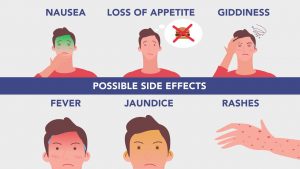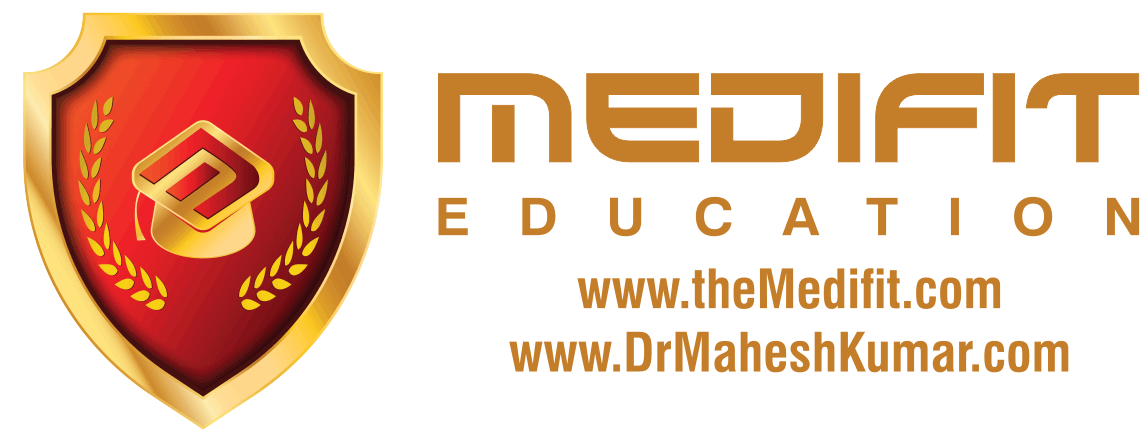Anemia is a condition in which the individual lacks enough healthy red blood cells to carry adequate oxygen to the body’s tissues. It occurs when an individual has fewer red blood cells than normal or not enough hemoglobin in the blood. Hemoglobin is the iron-rich protein in red blood cells. It carries oxygen from your lungs to all parts of your body. There are many forms of anemia, each with its own cause. Anemia can be temporary or long term, and it can range from mild to severe. Anemia is associated with increased morbidity and mortality in women and children, poor birth outcomes, decreased work productivity in adults and impaired cognitive and behavioral development in children. Preschool children and women of reproductive age are particularly affected. Describing an abnormally low hemoglobin concentration requires understanding how hemoglobin naturally varies by age, sex, pregnancy status, genetic and environmental factors, and, potentially, race. Hemoglobin varies with age, most dramatically in the first months of life. In the newborn, normal hemoglobin concentrations are between 17 and 21 g/L, their highest point during life. Hemoglobin concentration then decreases through the first 2−3 months of life before increasing again in childhood and then levels off throughout adulthood before declining again in older age. Sex differences in Hemoglobin concentrations begin in puberty because of the effect of menstruation on iron stores and, subsequently, anemia and continue throughout the reproductive years. The video contains the content as below: a. What is Anemia? b. Morphology and Function of Anemia. c. Factor of Regulation of Erythropoiesis d. Etiology of Anemia e. Pathophysiology of Anemia f. Symptoms and Signs of Anemia e. Investigation f. Treatment and Management e. Conclusion By: Sheron a/p Baskaran Kumar Sadia Wang Yuming THIS VIDEO WAS MADE TO INCREASE PUBLIC KNOWLEDGE ON ANEMIA AND CREATE AWARENESS IN THE COMMUNITY.

ANEMIA AWARNESS VIDEO
- Post author:admin
- Post published:October 7, 2021
- Post comments:0 Comments
You Might Also Like

Boxing Video – 3
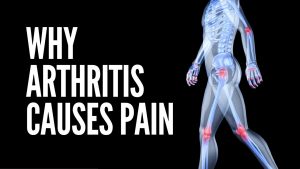
What Is Arthritis | What Causes Arthritis | Why Arthritis Causes Pain

Definition of repetition
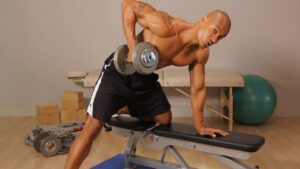
One Arm Row Dumbbell-1
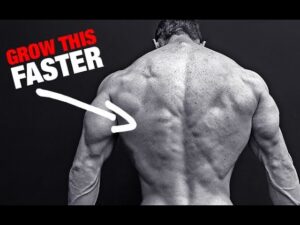
How to Get a Bigger Back (LIGHT WEIGHTS!)
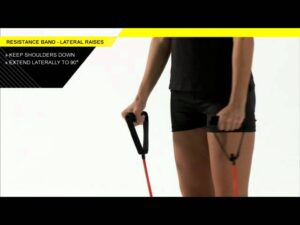
Resistance Band Lateral Raises
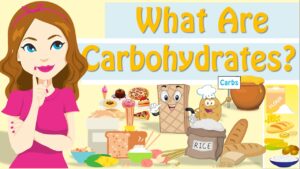
What Are Carbohydrates ? What Is Carbohydrates?
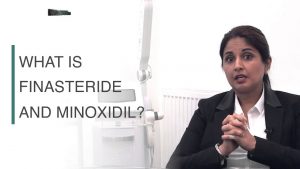
What is Finasteride and Minoxidil? – Hair Loss for Women
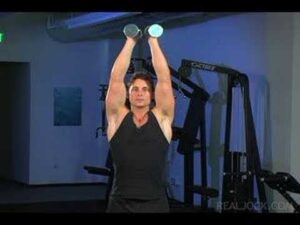
Standing Dumbbell Shoulder Presses
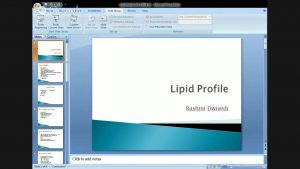
lipid profile ppt
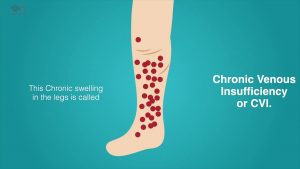
What is Chronic Venous Insufficiency (CVI?)
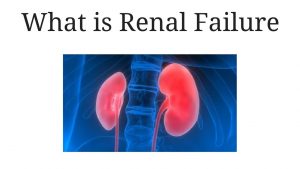
what is renal failure / Symptoms of kidney failure / chronic & acute kidney failure
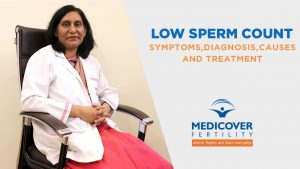
Low Sperm Count: Symptoms, Causes, Diagnosis and Treatment
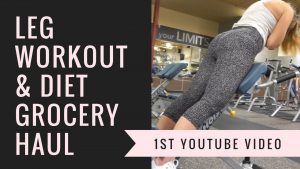
Summer Diet Vlog #1: Full Leg Workout & Diet Grocery Haul
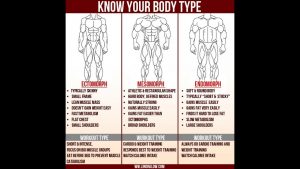
Ectomorph Body Type Fitness Program How To Get Big When You Are Skinny Ectomorph Fitness
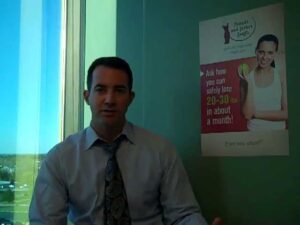
What is BMR and how does it effect my HCG diet?
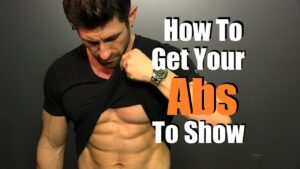
The Secret To Get Your Abs To Show | 6 Tips To Get A 6 Pack
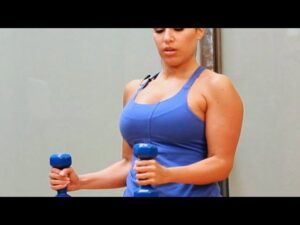
How to Do a Hammer Curl | Female Bodybuilding
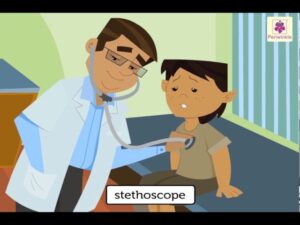
Internal Organs of Human Body | Environmental Studies For Kids | Grade 2 | Vid #4
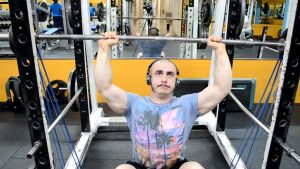
Maximum Intensity Full Body Workout

Dementia Video – 3

Swimming Video – 1

Healthy Snacks to Help You Gain Weight : Fit Food
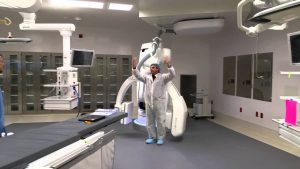
Hybrid Operating Room, Integrated OR, Robot
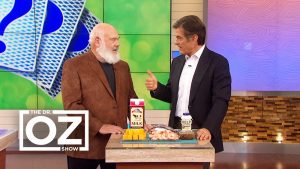
Foods You Should and Shouldn’t Eat When You Have Diarrhea

CALPOL TABLET – Stop self medication
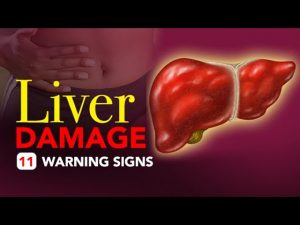
Liver Damage – 11 Warning Signs
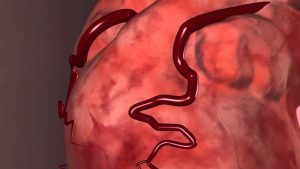
Do You Know The Warning Signs of Heart Disease?
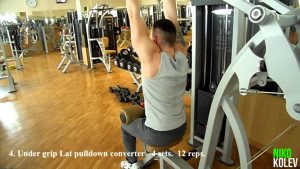
Latissimus Dorsi (BACK) Muscle Workout – High Intensity Shredding Workouts

Incline Dumbbell Row

Must have Supplement for Bodybuilders LIV. 52
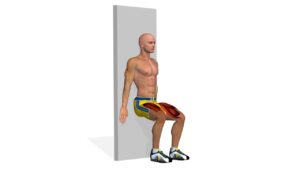
How To Have Perfect Legs: Wall Sit
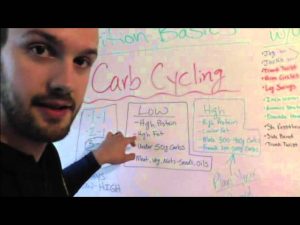
Nutrition Basics: Carb Cycling
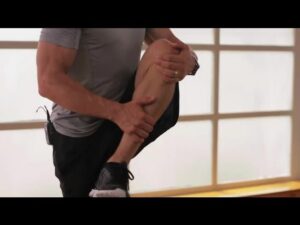
How to Start Running Without Getting Knee Pain : LIVESTRONG: Fitness & Exercise Tips
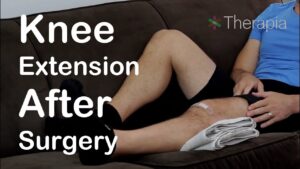
Orthopedic Physiotherapy Video – 13

STOP Taking Your Pre-Workout Supplement!
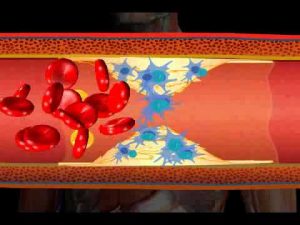
Understanding Cholesterol and its Effects
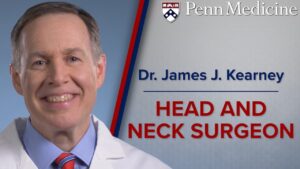
Otorhinolaryngology Video – 3
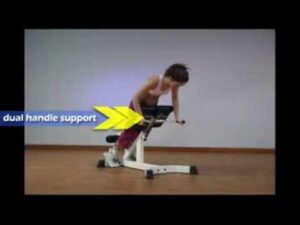
Yukon’s 45 Degree Hyper Extension Machine

Bodybuilding Nutrition, Diet Recipes & Workout – 46
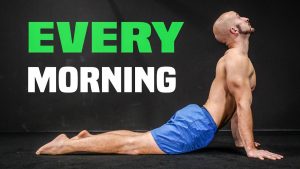
Do These 3 Things EVERY Morning!
